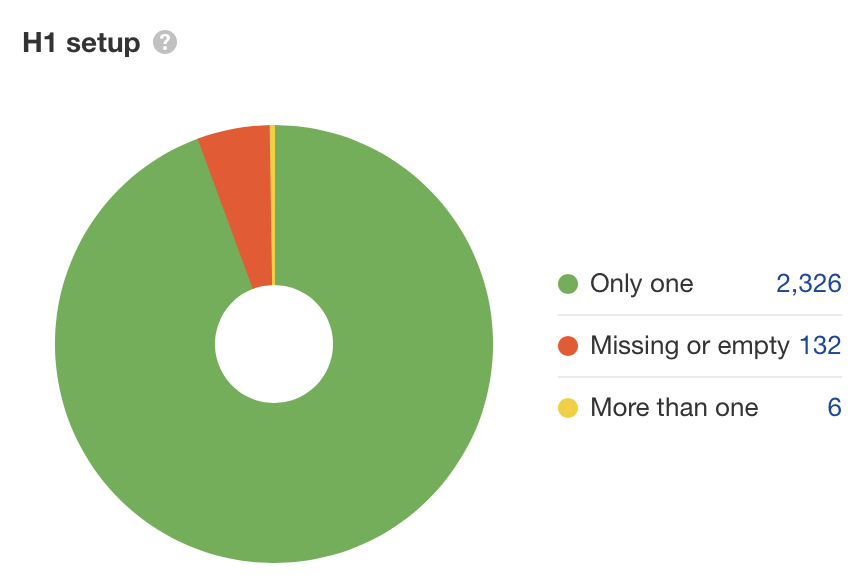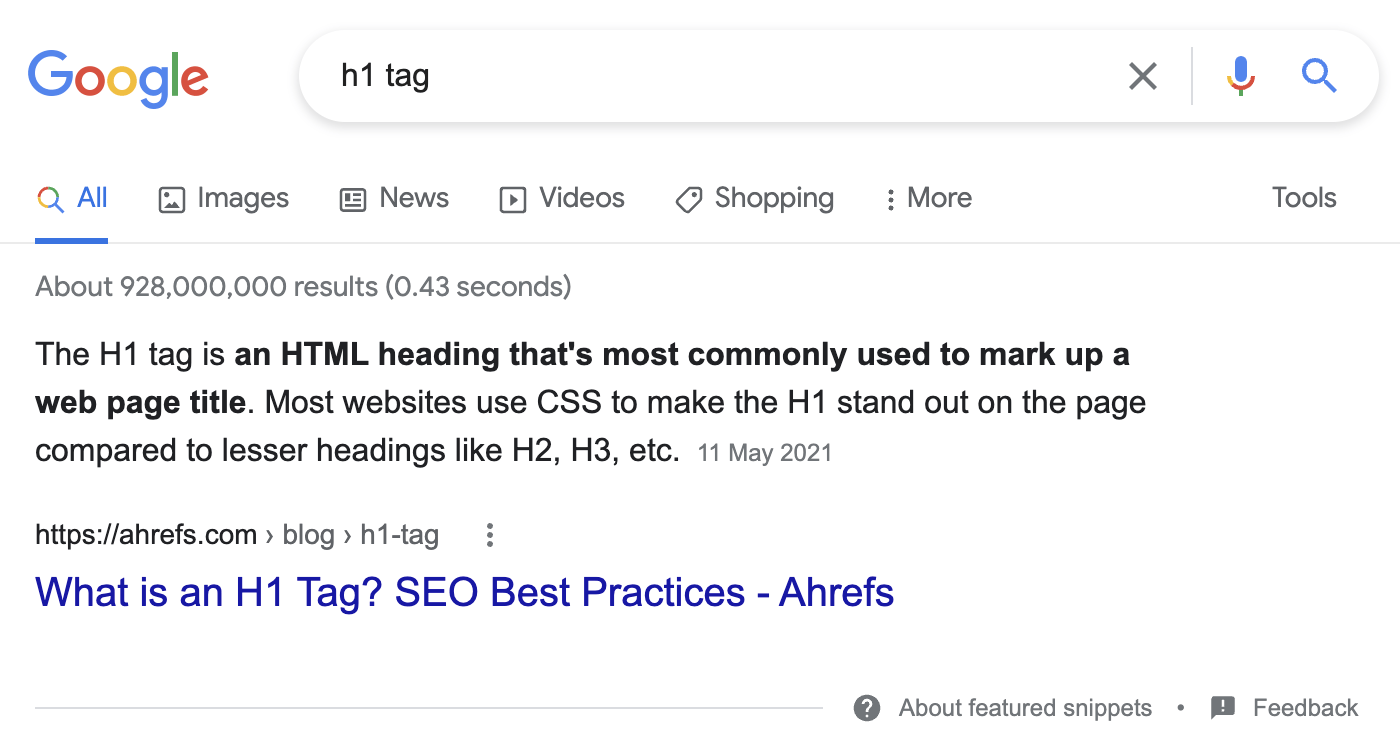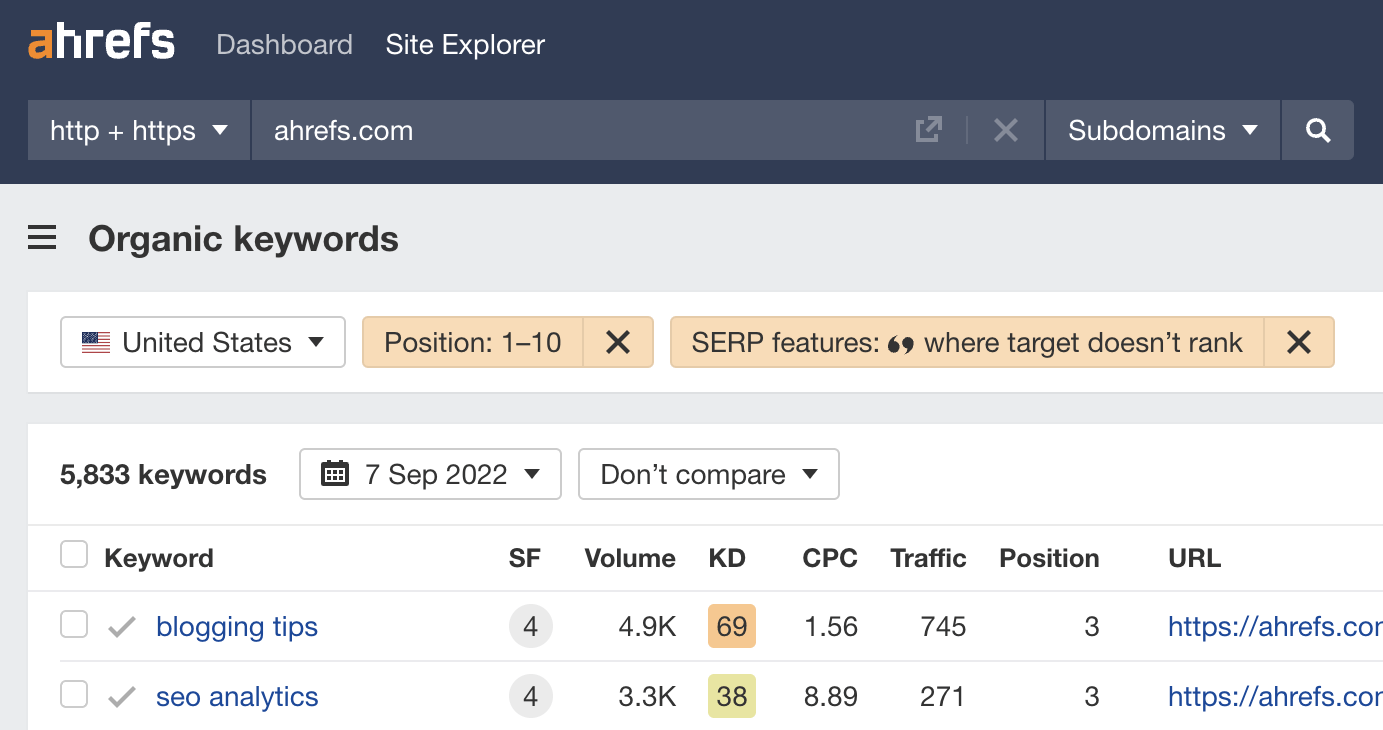On-Page SEO
What is on-site SEO?
On-site SEO (also known as on-page SEO) is the process of optimizing components on a website (as opposed to connections from other websites and other external signals, which are referred to collectively as “off-page SEO”) in order to rank better and generate more relevant traffic from search engines. On-page SEO refers to optimizing a page’s content as well as its HTML source code.
When trying to rank your site, on-site and off-site SEO are two of the fundamentals of Search Engine Optimization.
Aside from assisting search engines in their interpretation of page content, efficient on-site SEO also assists visitors in quickly and clearly understanding what a page is about and if it addresses their search query. In short, excellent on-site SEO assists search engines in understanding what a human visitor would see (and what value they would receive) if they visited a page, so that search engines can consistently show up what human visitors would consider high-quality information about a certain search query (keyword).
On-site SEO‘s ultimate objective may be viewed as making it as simple as possible for both search engines and people to:
When trying to rank your site, on-site and off-page SEO are two of the fundamentals of Search Engine Optimization.
- Recognize the purpose of a website;
- Determine whether or if that website is related to a search query or queries (i.e. a specific keyword or group of keywords);
- Consider that page valuable and deserving of a high rating on a search engine results page (SERP).
Keywords, content, and on-page SEO
In the past, on-Page SEO has been synonymous with keyword use — and specifically, including a high-value keyword in several key locations on a website.
To understand why keywords are no longer at the core of on-page SEO, it’s necessary to realize what those phrases are: content themes. Historically, whether or not a page ranked for a particular term depended on employing the appropriate keywords in certain, anticipated places on a website in order for search engines to identify and comprehend what that webpage’s content was about. User experience was secondary; ensuring sure search engines detected keywords and ranked a site as relevant for those terms was at the core of on-page SEO tactics.
However, search engines have become significantly more intelligent in recent years. They can deduce the meaning of a page based on the usage of synonyms, the context in which material occurs, or simply by paying attention to the frequency with which key word combinations are referenced.
While keyword use is still important, prescriptive tactics such as employing an exact-match keyword in certain areas a certain number of times are no longer a part of on-page SEO. What matters is that it be relevant. Consider how relevant the content on each of your sites is to the user intent behind search queries (based on your keyword usage both on the page and in its HTML).
In this sense, on-site SEO is less about keyword repetition or placement and more about knowing who your consumers are, what they’re searching for, and what themes (keywords) you can generate content around to best meet that need. Pages that match these requirements include material that is:
- In-depth. “Thin” content was one of Google Panda’s stated objectives; today, it’s almost accepted that material must be sufficiently detailed in order to rank well.
- User-friendly. Is the content understandable? Is your website arranged in a way that makes it easy to navigate? Is it typically clean, or is it filled with advertisements and affiliate links?
- Unique. Content replicated from elsewhere on your site (or elsewhere on the Internet) may have an influence on a site’s ability to rank on SERPs if not treated appropriately.
- Trustworthy and authoritative. Does your material stand alone as a reputable source of knowledge on a certain topic?
- In line with the user’s search aim. Delivering on searcher intent is an important part of generating and optimizing excellent content.
.
Non-keyword-related on-site SEO
Beyond the keywords (topics) used in content on a webpage and how they’re discussed, there are several “keyword-agnostic” elements that can influence a page’s on-site optimization.
Those include things like:
- Link use on a page: How many links are there? Are they internal or external? Where do they point to?
- Page load speed
- Use of Schema.org structured data or other markup
- Page URL structure
- Mobile friendliness
- Page metadata
All of these elements tie back to the same basic idea: creating a good user experience. The more usable a page is (from both a technical and non-technical perspective), the better that page’s on-site optimization.
How do you optimize a page?
To fully optimize a page on your website, you must make both text and HTML adjustments. More information on the on-site aspects that contribute to ranking may be found in this post, as well as tips on how to optimize your own website pages.
Shows how many different websites are linking to this piece of content. As a general rule, the more websites link to you, the higher you rank in Google.
Shows estimated monthly search traffic to this article according to Ahrefs data. The actual search traffic (as reported in Google Analytics) is usually 3-5 times bigger.
Creating the kind of content that Google and searchers want to see is the hard part. If you’ve done that, you just need to put the icing on the cake with on-page SEO.
Keep reading to learn what that involves and how to do it.
On-page SEO basics
Why is on-page SEO important?
Google looks at things you can influence with on-page SEO to decide if your page is a relevant search result. These include whether keywords from the query are on the page and how searchers interact with it.
Although Google looks at keywords on your page, repeating keywords is not on-page SEO. Doing too much of this will actually harm your rankings. So, let’s run through some sensible optimizations that will make a positive difference.
Use an H1 tag for your page title
Heading tags, including the H1, help Google understand the content on your pages. It’s best practice to use one H1 per page for the title.
To find pages with missing or empty H1 tags, crawl your site with Ahrefs’ Site Audit and go to the Content report. You can do this free with an Ahrefs Webmaster Tools (AWT) account.


Use H2-H6 tags for subheadings
Improve your content’s visual hierarchy by wrapping subheadings in h-tags. Use H2s for subheadings, H3s for sub-subheadings, etc. It makes it easier for searchers to digest and skim.
Write a compelling title tag
Title tags are often the main piece of information used to decide which result to click on.[4] This is why you need to make them compelling. Here are a few tips:
- Keep them short. Under 70 characters is best to avoid truncation.
- Match search intent. Tell searchers you have what they want.
- Be descriptive. Don’t be vague or generic.
- Don’t clickbait. Make sure they align with your content.
- Include the keyword. Use a close variation if it makes more sense.
- Include the year. For topics that demand freshness.


You should set a title tag on every indexable page. If you like, you can use Ahrefs’ Site Audit to find pages with title tag issues like being empty or too long. All you need is a free AWT account. Once you’ve signed up and crawled your site, go to the Content report to check for issues.


Write a compelling meta description
Meta descriptions aren’t a ranking factor, but can bring more clicks and traffic. This is because Google often uses them for the descriptive snippet in the search results. Here are a few tips for writing them:
- Keep them short. Under 160 characters is best to avoid truncation.
- Expand on the title tag. Include USPs that you couldn’t fit there.
- Match search intent. Double down on what searchers want.
- Use an active voice. Address the searcher directly.
- Include your keyword. Google often bolds these in the results.


You can use Ahrefs’ Site Audit to check for pages with meta description issues like being empty or too long. Once again, you’ll need a free AWT account to do this. Once you’ve signed up and crawled your site, go to the Content report to check for issues.


Google usually doesn’t use meta descriptions for the search snippet. Our study found that they use them only 37.22% of the time. The rest of the time, they use other content from the page.
Set SEO-friendly URLs
If you’ve set up your website for SEO success, your URL structure should be sound. But you still need a descriptive slug for each page. Google says to use words that are relevant to your content Often the easiest way to do that is to use your target keyword.


Optimize your images
Images from your pages can rank in Google image search and send more traffic your way. You need to do three things to optimize them.
Use descriptive filenames
Google says that filenames give them clues about the image’s subject matter. So dog.jpg is better than IMG_859045.jpg. Here are a few naming tips:
- Be descriptive.
black-puppy.jpgis better thanpuppy.jpg - Be succinct.
black-puppy.jpgis better thanmy-super-cute-black-puppy-named-jeff.jpg - Don’t stuff keywords.
black-puppy.jpgis better thanpuppy-dog-pup-pooch.jpg - Use dashes between words.
black-puppy.jpgis better thanblack_puppy.jpg
Use descriptive alt text
Google also uses alt text (alternative text) to understand the subject matter of an image. This is an HTML attribute used on <img> tags to describe the image. It’s not visible on the page itself and looks something like this:
<img src="https://yourdomain.com/puppy.jpg" alt="puppy">{codebox}
The main purpose of alt text is to improve accessibility for visitors who use screen readers. These convert page content, including images, to audio.
Here’s our best advice for creating alt text:
- Be descriptive. Describe what’s actually in the image.
- Be concise. Keep them as short as possible.
- Don’t stuff keywords. Google says it results in a negative user experience.
- Don’t say it’s an image. There’s no need to include “Image of…” or “Picture of…” in descriptions.
You can use the Images report in Ahrefs’ Site Audit to check your site for images with missing alt text.
Compress them
Compressing images makes file sizes smaller, leading to faster load times. Plenty of tools exist for doing this. ShortPixel is a good option.
Use external links
Some people think linking to external resources is bad for SEO. There’s no evidence to suggest that. Google says linking to other websites is a great way to provide value to your users So don’t be afraid to do it where it makes sense.
Show off your expertise
Google values content from experts, but having expertise isn’t enough. You need to make your expertise immediately obvious to readers. Below are a few ways Google advises to do that.
- Show that you know the topic well.
- Provide clear sourcing for information.
- Provide background information for the author, such as a link to an “author” page.
- Ensure the content is free from easily verified factual errors.
Optimize for featured snippets
Featured snippets answer the searcher’s question with a short answer. Google pulls them from web search listings, and they almost all come from one of the pages ranking in the top 10. This means you can shortcut your way to the top position by winning the snippet.


The best featured snippet opportunities tend to be for keywords where:
- You already rank in the top 10.
- Google already shows a featured snippet.
- You don’t own the snippet yet.
You can find these opportunities using Ahrefs’ Site Explorer. Enter your site, then filter for top 10 rankings where you don’t own the snippet in the Organic Keywords report.


It’s then a case of adding the answer to your page.
Get rich snippets with structured data
Rich snippets are search results that highlight structured data embedded on web pages. Their purpose is to give searchers summary information about a result at a glance.


Structured data is not a ranking factor, but it does help Google to better understand what’s on your pages. They also make your website more eye-catching in the search results, which may lead to more clicks.
Key takeaways
- On-page SEO is anything you can do on the page itself to improve its rankings.
- It isn’t about repeating keywords. That can hurt your rankings.
- It is about helping Google and searchers better understand and digest your content
Keep learning
© copyright 2019 – all rights are saved











2 Comments
Wow, marvelous blog structure! How lengthy have you
been blogging for? you made running a blog look easy.
The full glance of your web site is excellent, as well as the content!
You can see similar here e-commerce
Pingback: The 5 Steps To Successfully Building A Good E-commerce Website